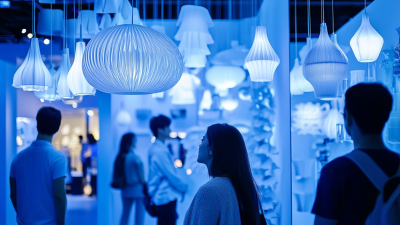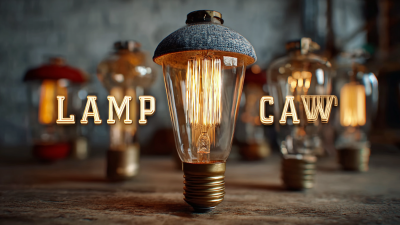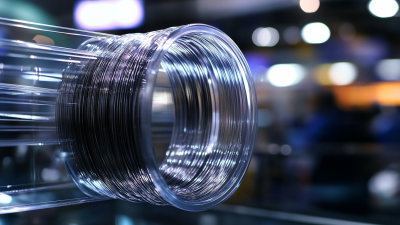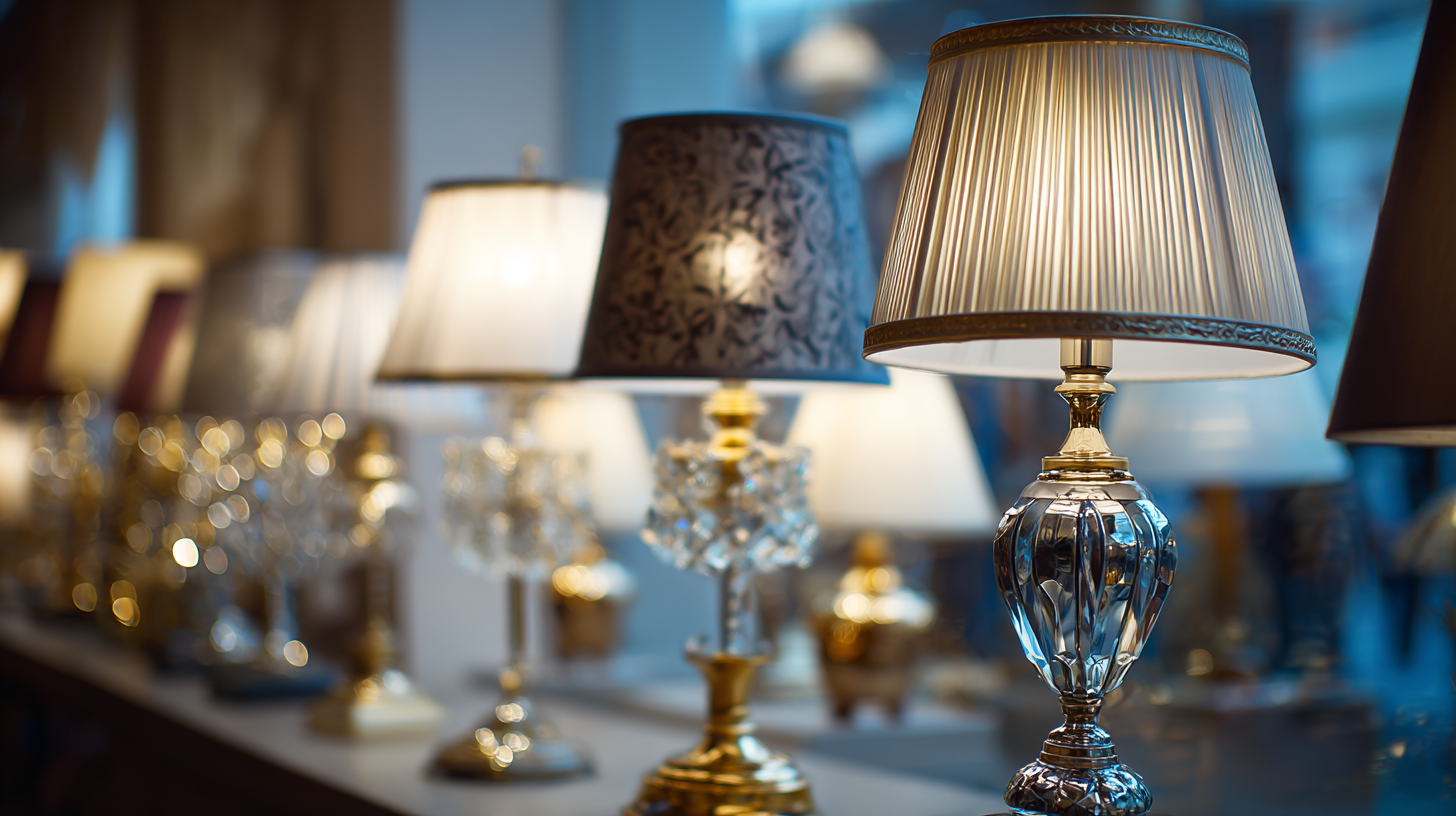 When selecting lighting fixtures, the choice of lamp material plays a crucial role in determining both durability and light quality. According to a report by the Lighting Research Center, different materials can significantly impact the performance and longevity of lamps. For instance, LEDs encased in high-quality polycarbonate are known for their superior impact resistance and thermal stability, resulting in a lifespan that is often four times longer than that of glass-based counterparts.
Furthermore, studies reveal that aluminum housings can improve heat dissipation, thereby enhancing overall light output and efficiency. As the lighting industry continues to innovate, understanding how lamp material influences factors such as light diffusion, color rendering, and maintenance will empower consumers and professionals alike to make informed decisions that align with their aesthetic and functional needs.
When selecting lighting fixtures, the choice of lamp material plays a crucial role in determining both durability and light quality. According to a report by the Lighting Research Center, different materials can significantly impact the performance and longevity of lamps. For instance, LEDs encased in high-quality polycarbonate are known for their superior impact resistance and thermal stability, resulting in a lifespan that is often four times longer than that of glass-based counterparts.
Furthermore, studies reveal that aluminum housings can improve heat dissipation, thereby enhancing overall light output and efficiency. As the lighting industry continues to innovate, understanding how lamp material influences factors such as light diffusion, color rendering, and maintenance will empower consumers and professionals alike to make informed decisions that align with their aesthetic and functional needs.
When choosing a lamp, understanding the materials used in its construction is essential for ensuring optimal durability and light quality. Common lamp materials include glass, metal, and plastic, each offering unique advantages and disadvantages. For instance, a 2022 report by the Lighting Research Center noted that glass lamps exhibit superior light diffusion and maintain their aesthetic appeal over time, making them a preferred choice for decorative lighting. However, glass is also more fragile, which can lead to damage in high-traffic areas.
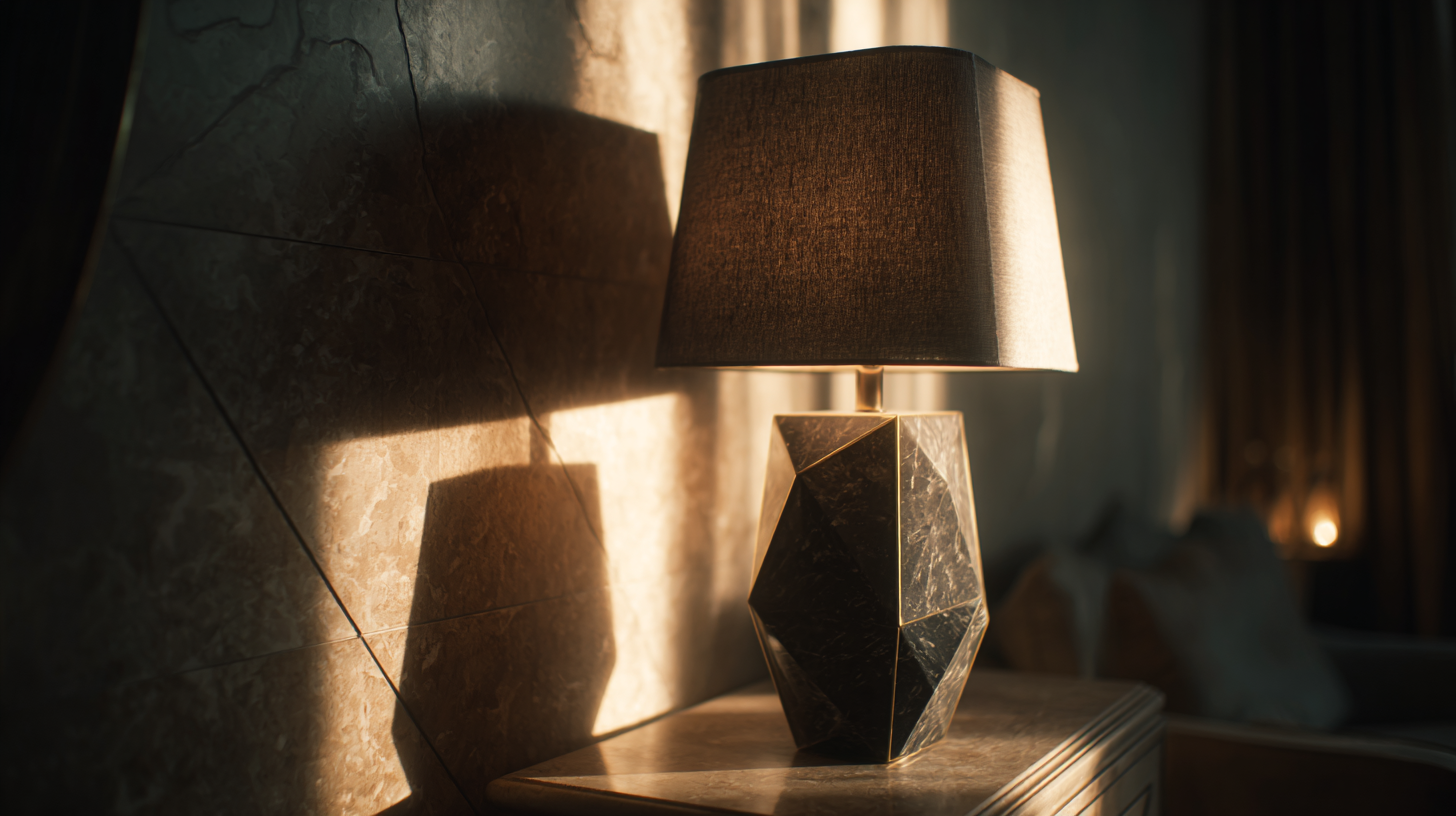
On the other hand, metal lamps, particularly those made from aluminum or steel, provide enhanced durability and resistance to corrosion. According to data from the International Association of Lighting Designers, metal lamps boast an average lifespan that is 20% longer than their plastic counterparts, making them suitable for both indoor and outdoor applications. While plastic lamps are generally lighter and more versatile, they often fall short in terms of heat resistance and longevity, particularly when exposed to UV rays. Thus, selecting the right lamp material hinges on balancing aesthetics with practical considerations like durability and intended use.
When evaluating lamp materials for durability,
metal,
glass,
and
plastic
each come with their own unique advantages and disadvantages.
Metal lamps,
often crafted from materials like steel or
aluminum,
are highly durable and can withstand wear and tear over time.
They tend to offer a solid, robust feel and can be designed in various styles.
However, metal can be prone to rust, especially in humid environments,
so consider your surroundings before making a choice.
Glass, on the other hand, provides an elegant and timeless look that can enhance any space.
While it can be more fragile than metal,
tempered glass options
are available which increase durability significantly.
Additionally, glass does not fade over time like some plastics might,
maintaining its clarity. It is essential to handle glass lamps with care to avoid breakage,
making them a better choice for more stable environments.
Tips:
When choosing a lamp material, consider where it will be placed.
If it’s in a high-traffic area or a home with pets or children,
metal or
durable glass may be the better option.
For a lightweight, budget-friendly choice,
high-quality plastic
could serve well, but ensure it’s made from UV-resistant materials to prolong its lifespan.
Always check the manufacturer’s recommendations for maintenance to ensure longevity.
Choosing the right lamp material is crucial for achieving optimal light quality that meets your specific needs. The type of material used can significantly influence the brightness, color temperature, and overall ambiance of the light produced. For instance, glass lamps tend to diffuse light evenly, creating a soft glow that can enhance the warmth of a room. On the other hand, metallic materials can create sharper lighting effects, making them ideal for task-oriented spaces.
Tips: When selecting a lamp, consider the purpose of the light. If you require task lighting, such as for reading or working, opt for lamps made from materials that direct light, like metal. For a cozy and inviting atmosphere in living areas, glass or fabric lampshades may be more appropriate due to their ability to cast warm, diffused light.
Additionally, think about the durability of the material. LED lamps typically perform best with glass or high-quality plastics, as these can withstand heat and provide longevity. Always check the material specifications to ensure they align with your lifestyle and maintenance preferences. By understanding the impact of lamp materials, you can make informed choices that enhance your space's light quality.
| Lamp Material | Durability Rating | Light Quality | Ideal Use Case | Cost Range |
|---|---|---|---|---|
| Glass | Moderate | Excellent | Indoor Décor | $30 - $200 |
| Metal | High | Good | Office & Industrial | $40 - $300 |
| Plastic | Low | Fair | Children’s Room | $10 - $50 |
| Ceramic | Moderate | Good | Home & Living | $20 - $150 |
| Fabric | Moderate | Soft | Ambient Lighting | $15 - $100 |
Selecting lamp materials that are both durable and eco-friendly is crucial in today's sustainability-focused market. According to a report by the Global Lighting Association, approximately 30% of lighting products are made from non-recyclable materials, contributing to environmental waste. Choosing materials such as bamboo, recycled metals, and glass can help reduce the ecological footprint while maintaining quality and longevity. By prioritizing these eco-friendly options, consumers can support sustainability without sacrificing style.
**Tips:** When considering lamp materials, look for certifications like the Forest Stewardship Council (FSC) for wood products or Cradle to Cradle certification for overall sustainability. Also, investigate manufacturers that prioritize eco-friendly practices in their production processes, as this often indicates a commitment to sustainability.
Moreover, the functionality of lamp materials plays a vital role in light quality. For example, glass not only provides excellent light diffusion but is also fully recyclable, making it an optimal choice for those concerned with both durability and environmental impact. The U.S. Department of Energy states that energy-efficient lighting, such as LED fixtures housed in sustainable materials, can reduce energy usage by up to 75%, resulting in a smaller carbon footprint over time.
**Tips:** When purchasing lamps, consider those made from materials that offer both visual appeal and energy efficiency, ensuring a balance between aesthetics and environmental responsibility.
When selecting a lamp, the material plays a crucial role not only in durability but also in light quality. It's essential to understand how different materials affect maintenance requirements. For example, metal lamps, known for their long-lasting durability, can be susceptible to rust and corrosion if not properly cared for. Regular dusting with a soft cloth and occasional polishing will help maintain their shine and functionality. Additionally, it's wise to keep them away from overly humid environments to avoid moisture damage.
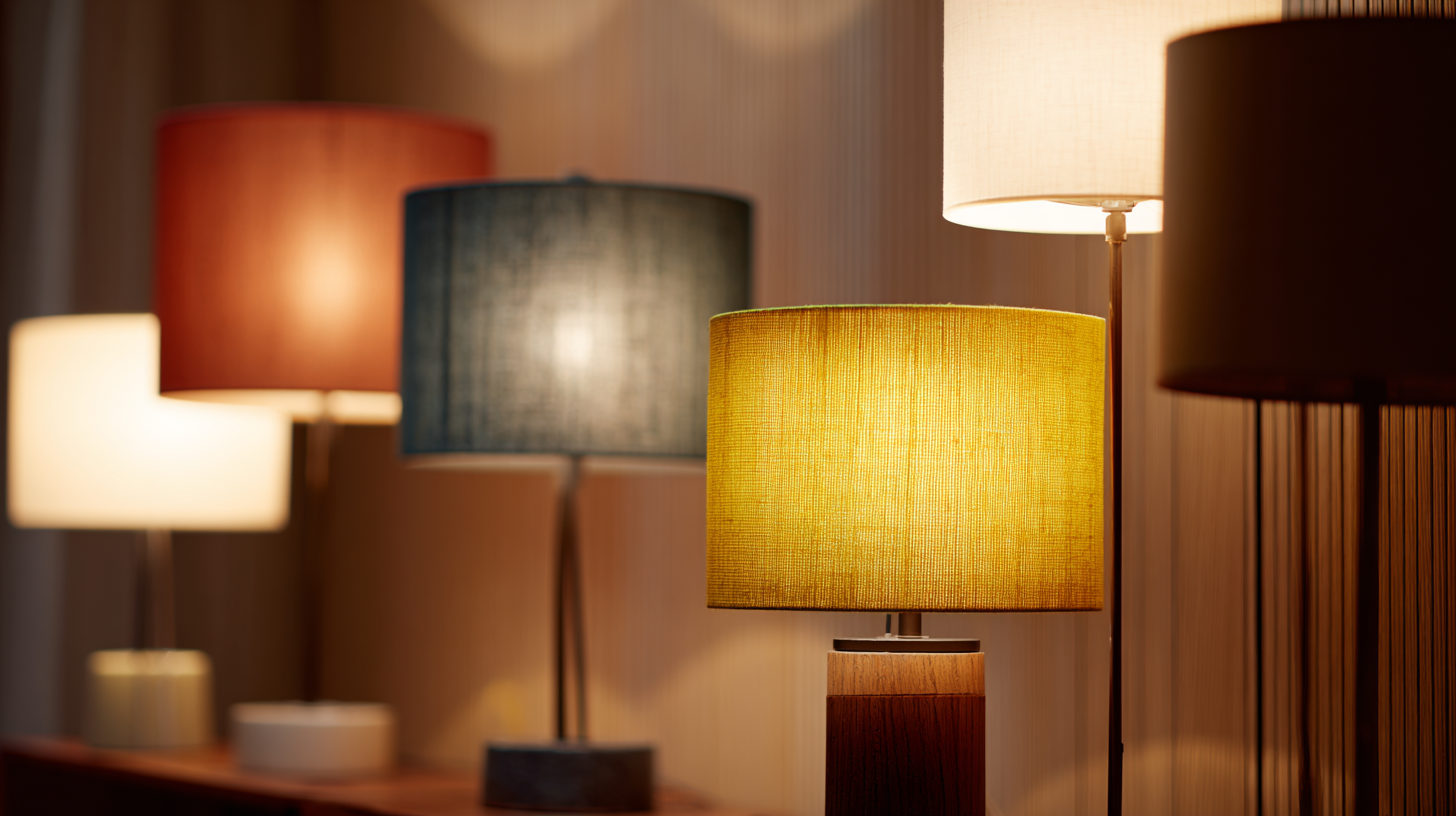
On the other hand, fabric lampshades offer a warm light quality but require more delicate handling. Dust accumulation can dull their appearance and affect light diffusion. A gentle vacuum on a low setting or a soft brush can effectively remove dust without damaging the fabric. For harder-to-clean stains, a slightly damp cloth with mild soap can be used, but it's crucial to ensure they are completely dry afterward to prevent mold growth. By considering the specific needs of each material type, you can ensure the longevity and optimal performance of your lamps.

